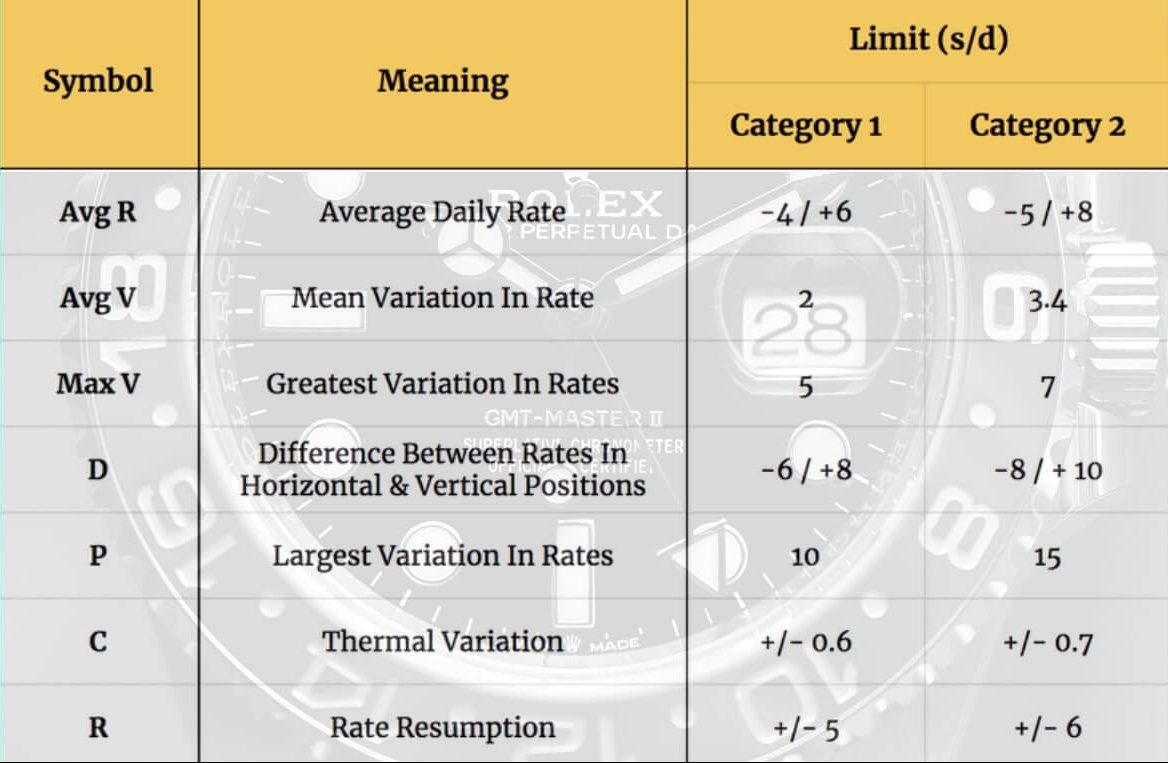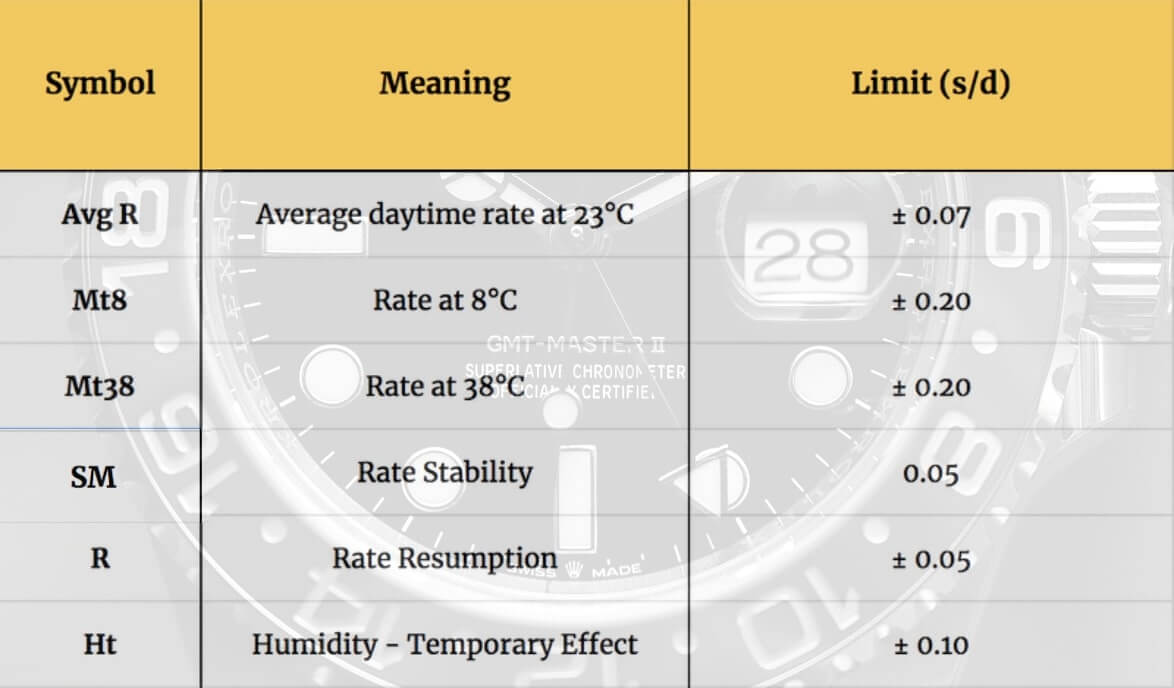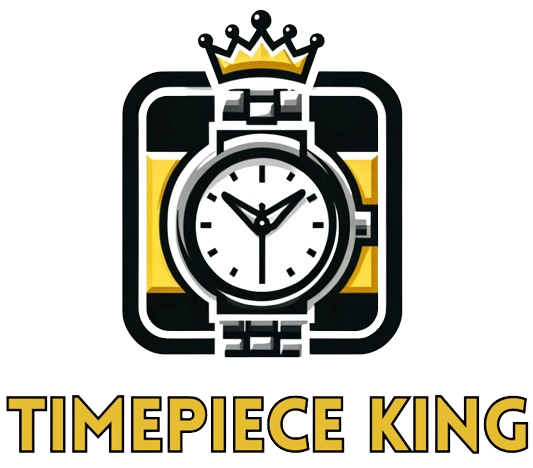If you’re a beginning watch enthusiast that’s just dipping his toes in the beautiful world of watchmaking, you might often scratch your head in confusion at the number of terms that sound way too complex for your liking.
Watch crystals, bezels or clasps are pretty much self-explanatory but then you come across abbreviations such as COSC and all the confidence you’ve accumulated thus far is suddenly gone.
And that’s when we come to the rescue!
One term that’s proving quite a task for some to figure out is COSC.
So, what is COSC certified (or COSC Certification)? What benefits (if any) does a watch with such a certificate deliver? Is it worth the price tag?
Stick with us.
In this article, we will cover the subject in great detail so the next time you spot a COSC timepiece, you will know exactly what you’re dealing with.
What Is COSC Certification?
As you already know, COSC is a popular abbreviation used amongst watch brands and aficionados.
However, because of its high-end status, the term is mostly used by luxury watchmakers originating from Switzerland or at least stamping their watches with the Swiss quality label.
Cutting to the chase, COSC stands for Contrôle Officiel Suisse des Chronomètres, more commonly known as Official Swiss Chronometer Testing Institute. The organization is in charge of guaranteeing the precision and accuracy of Swiss high-precision wristwatches, mostly produced by the very best of the industry.
Does that mean all Swiss-made watches can get the certification? Obviously not.
The only type of watch that can get stamped with the COSC certification accuracy is a chronometer – not to mistake with a chronograph.
For those of you scratching your head at the difference between the two:
A chronograph is merely one feature of a watch that allows you to measure and show time intervals using push buttons usually located on each side of the crown. A chronometer, on the other hand, is a timepiece with a high, nearly unmatchable level of precision.
And if you’re constructing a chronometer in Switzerland, it needs to be certified by the COSC before you can use the term. To give you a better idea of its prestige, only a rough 3% of timepieces manufactured in Switzerland are COSC watches.
That’s because not every timepiece can simply pass the exam and be awarded an official certificate. Only models with the very best components and assembled by the top craftsmen can be granted the status.
That leads us to the question: how the heck have their watches up to the COSC standards?
Types of COSC Watches
In total, four types of watches are eligible for the COSC certification.
The first group is mechanical instruments or timekeepers equipped with balance spring oscillators. These are categorized into three types:
- wristwatches
- pocket watches of Lépine or Savonette type
- fixed time equipment, e.g. desk clocks
The second group is quartz-powered instruments or wristwatches with quartz oscillators.
As you can probably guess, the vast majority of COSC-certified models are wristwatches with balance spring oscillators, in other words: mechanical timepieces.
COSC Watch: the Testing Process
As you’ve already learned, in order to receive the prestigious stamp, the timepieces need to go through scrupulous tests for both precision and accuracy.
Contrary to the popular belief, funnily enough, these tests have very little to do with the actual performance of the watch while it’s worn. In other words, it’s far from a realistic representation of its performance during everyday use. For example, the timepiece might score great in the lab test and easily get the certification but the way you care for it can considerably affect its performance – but short- and long-term.
COSC performs the tests solely in a laboratory setting in a static manner. What’s more, COSC doesn’t test fully assembled and ready-to-purchase watches but only internal watch instruments (the movement).
To put it short, COSC closely inspects the quality of watch parts as well as the care with which the timepiece was assembled. That means it’s not enough for every component to be of high quality; the way it was placed inside the timepiece is equally important. As a result, very few brands can actually submit their watches for testing.
But how does the test actually look like?
Movement Test
Every watch submitted to COSC for evaluation has its movement uncased and tested for a total of 15 days (13 days for quartz models). The test takes place in five different positions and at three varying temperatures – 8°, 23°, and 38°C.
The calibers are left in that temperature for 24 hours in a certain location, then removed and checked every day.
In order to take measurements and see how each movement reacts, the laboratory uses tiny cameras. Once enough data is collected, it’s compiled to an average daily accuracy rate which needs to fit in between -4 sec to +6sec. However, even if the watch turns out to be incredibly accurate, it still needs to meet as many as 6 requirements to get the certificate. These are:
- Average daily rate
- Greatest variation
- Mean variation
- Differences measured in horizontal & vertical positions
- Difference between rates depends on temperature
- The largest variation in rates
- Rate resumption
Head Test
Movement is not the sole watch part being inspected.
Additionally, COSC performs examinations on watch heads (in other words; watches without straps/bracelets). The certification can be done at the watch head or movement level, according to ISO 3159. As a result, the term “chronometer” might be used interchangeably in both circumstances. However, it is still up to the manufacturer to make the final decision.
Requirements
The requirements for obtaining COSC certification differ, depending on the type of watch.
Watches belonging to the aforementioned Group 1 (mechanical wristwatches, pocket watches or clocks) need to meet the following conditions.

They look different for Group 2 (quartz-powered models).

If the movement passes all of the tests as well as the above-mentioned post-test requirements, it will be certified.
Okay… Where’s the Certificate?
A chronometer certificate is included with the majority of chronometers on the market.
Most of them are engraved on watch faces. On the dials of leaders of the industry, such as Rolex and Omega watches, the term “Chronometer” appears, usually under the logo.
For its COSC-certified timepieces, Omega even provides a METAS certification.
Brands With COSC-Certified Watches
Unfortunately, COSC is no longer disclosing the information on the number of watches stamped with the certification for every Swiss watch manufacturer. It’s a result of watchmakers’ wish to protect their privacy. Many didn’t like being compared (especially in a bad light) with its biggest competitors.
With that said, the latest rating of such brands is still relatively fresh.
From the data gathered in 2015, Rolex was, quite unsurprisingly, the runaway leader with nearly 796,000 timepieces. The brand occupying second place in this prestigious ranking, Omega, had just shy of 512,000 COSC-certified watch models. Third came to Breitling with just under 148,000 timepieces.
The other “TOP 5” spots were occupied by two brands belonging to the Swatch Group – Tissot and Mido. The first had over 96,000 COSC watches to its name while the latter had just under 50,000.
From there, the number of watches with COSC certification drops significantly. For example, the 6th-placed Tudor had 23,000 such models while the 10th-placed Bremont had just under 6,000.
COSC Background
If COSC is so powerful, you might as well learn a bit more about it.
For example, not many people are aware that COSC is a non-profit organization.
It’s also been around for quite a while, having been set up in 1973. It was formed by the Federation of the Swiss Watch Industry and five Swiss watchmaking cantons: Bern, Geneva, Neuchâtel, Solothurn, and Vaud (FHS). It includes laboratories and observatories that were established separately from one another in the late 1800s.
Are There COSC Alternatives?
Despite the fact that the vast majority of tested watches are Swiss, the normative standards are established by international agreements and are the same whether they are designated ISO or DIN. Some non-certified Swiss movements, as well as some German and Japanese movements, can exceed the statutory standards.
With that said, Japanese watchmakers (another major horological force), have now pretty much abandoned the award, opting instead for in-house testing to seemingly an even higher level. An example of such a brand is Grand Seiko, boasting arguably the biggest luxury status.
Another country with a strong watchmaking presence that isn’t dependent on COSC certification is Germany. They have established their own testing laboratory at the Glashütte Observatory in Saxony, where they utilize the DIN 8319 standards, which are similar to the ISO standards used by COSC.
Finally, French watch brands used to perform comparable large-scale testing at the Besançon Observatory, but presently only a few watches are examined there and given the title of “Observatory Chronometer.”
Is COSC Certification Worth It?
For many aficionados and watch collectors, Chronometer certifications are important.
They show that the movement has been conceived, built, and completed to a standard that permits it to be certified. That is not a trivial matter, and it would be foolish to disregard it.
Many factors influence whether or not a watch retains its Chronometer certification over time, yet the features that allowed it to be certified remain constant (assuming competent periodic servicing). The certificates may or may not be important to individuals, but it doesn’t change the fact that these movements have gone to great lengths to achieve or surpass the requirements.
With that said, many individuals may be satisfied with a non-certified watch that works well and provides acceptable average daily rates on the wrist.
It’s all about your priorities and expectations.

